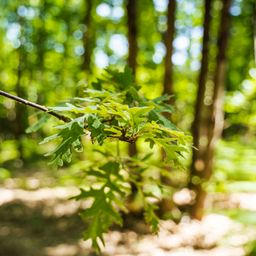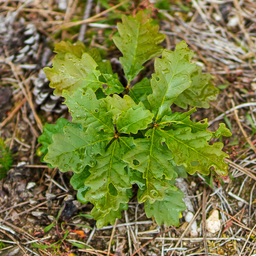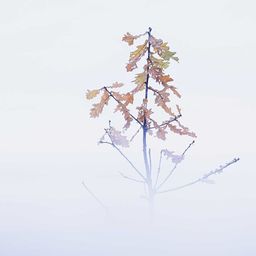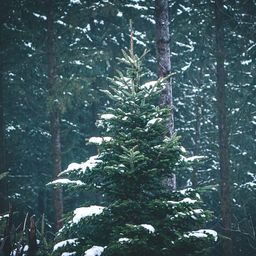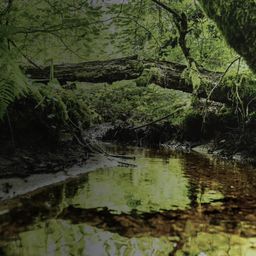About Ploërdut 3 forest
About Ploërdut 3 forest


Key information
Project start date: Jun 9, 2020
Certification: PEFC
Land area: 16.83 ha
Social action: none
Biodiversity features: ZNIEFF (type II), a stream, a wetland, forest ponds, 25 beehives, and Honey hedge.
Temporarily closed to the public, the reopening is scheduled on 01/04
EcoTree’s initiatives
EcoTree’s initiatives

Our trees available for purchase
Discover the trees that inhabit the forest, become owners and support their sustainable management
EcoTree’s actions for biodiversity
EcoTree’s actions for biodiversity

Delve into Ploërdut 3 Forest
See pictures from the project.








